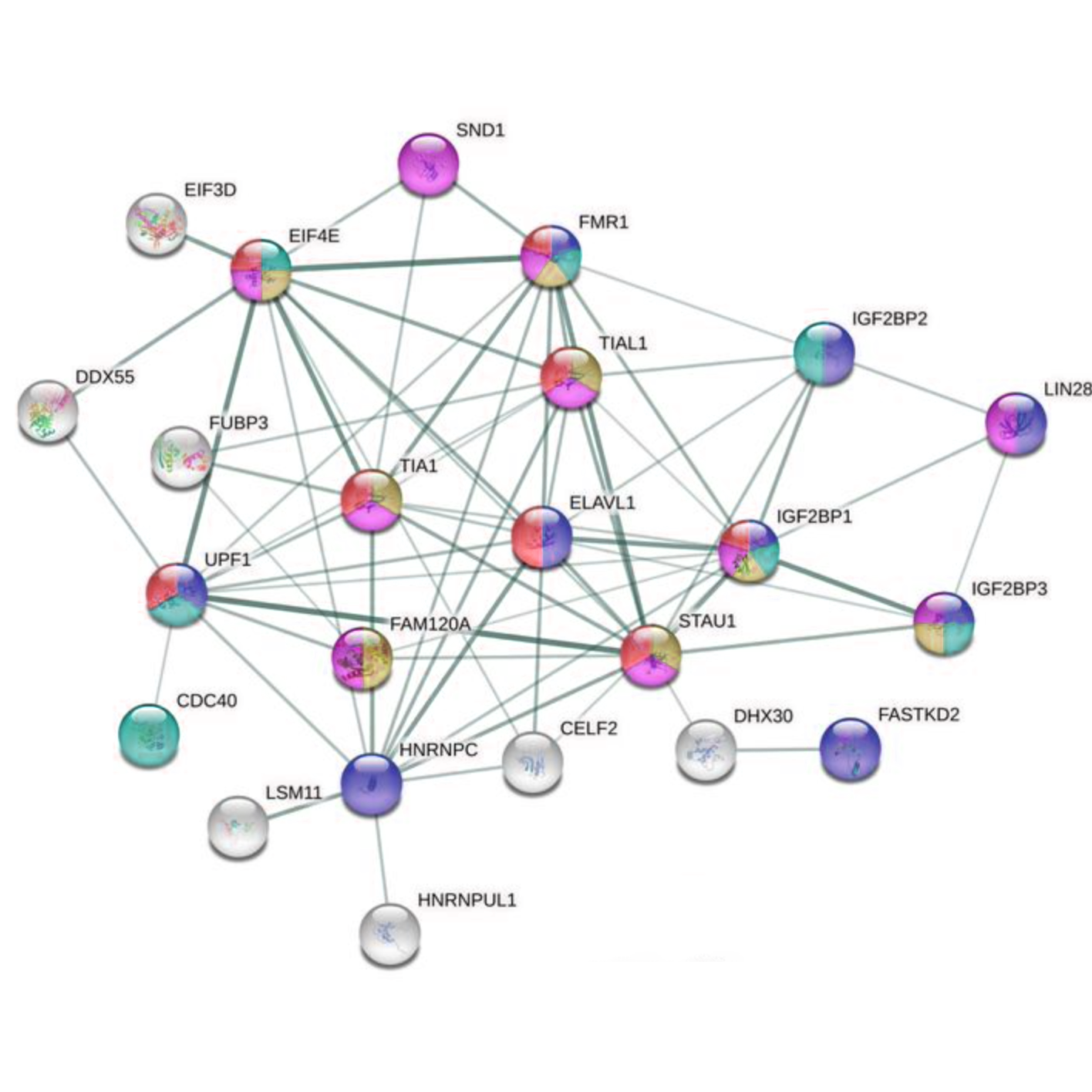New publication in Genome Research by Riccio lab and colleagues
In a newly published article in Genome Research, the Riccio lab and colleagues at Idiap Research Institute and SIB Swiss Institute of Bioinformatics, Switzerland, shed light into the complex relationship between nuclear polyadenylation, mRNA localization, and local 3′ UTR remodeling in developing neurons.
Abstract:
Neurons are morphologically complex cells that rely on the compartmentalization of protein expression to develop and maintain their cytoarchitecture. The targeting of RNA transcripts to axons is one of the mechanisms that allows rapid local translation of proteins in response to extracellular signals. 3′ Untranslated regions (UTRs) of mRNA are noncoding sequences that play a critical role in determining transcript localization and translation by interacting with specific RNA-binding proteins (RBPs). However, how 3′ UTRs contribute to mRNA metabolism and the nature of RBP complexes responsible for these functions remains elusive. We performed 3′ end sequencing of RNA isolated from cell bodies and axons of sympathetic neurons exposed to either nerve growth factor (NGF) or neurotrophin 3 (NTF3, also known as NT-3). NGF and NTF3 are growth factors essential for sympathetic neuron development through distinct signaling mechanisms. Whereas NTF3 acts mostly locally, NGF signal is retrogradely transported from axons to cell bodies. We discovered that both NGF and NTF3 affect transcription and alternative polyadenylation in the nucleus and induce the localization of specific 3′ UTR isoforms to axons, including short 3′ UTR isoforms found exclusively in axons. The integration of our data with CLIP sequencing data supports a model whereby long 3′ UTR isoforms associate with RBP complexes in the nucleus and, upon reaching the axons, are remodeled locally into shorter isoforms. Our findings shed new light into the complex relationship between nuclear polyadenylation, mRNA localization, and local 3′ UTR remodeling in developing neurons.
 Close
Close


